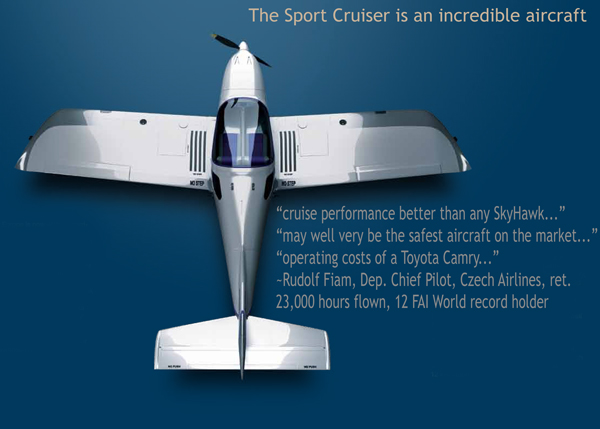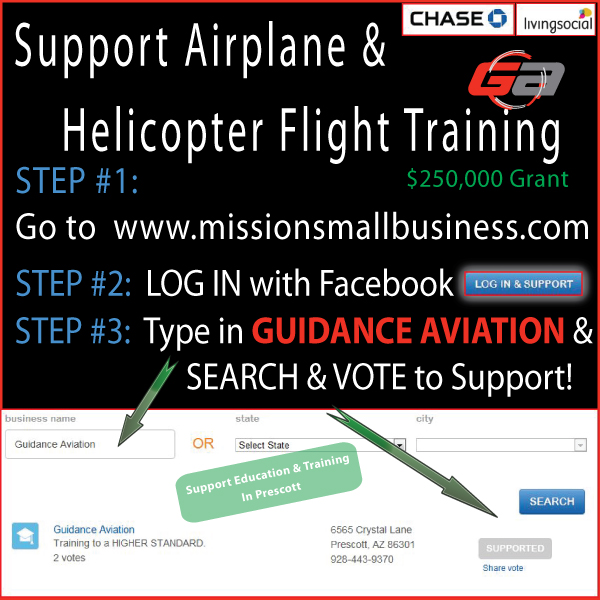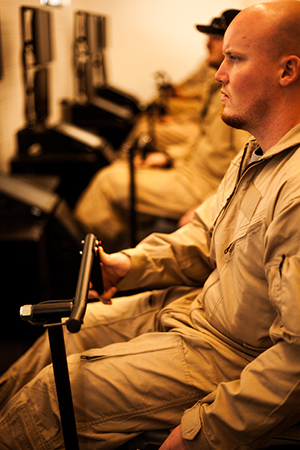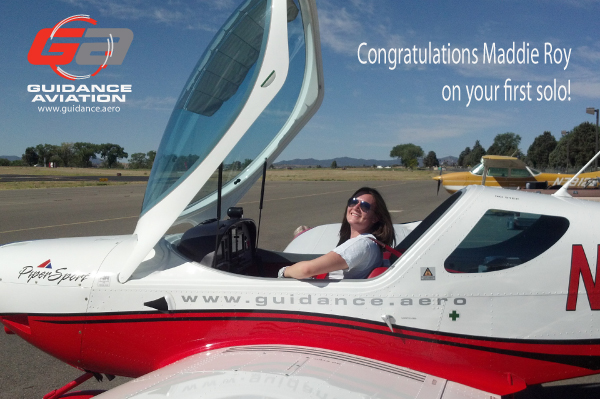Entire article can be viewed at: http://mach1consultants.com/blog/?p=686
*Active links and pictures added by GA

Earlier this month, we had the chance to visit with the folks at Guidance Aviation in Prescott, AZ about their newly minted LSA program. President John Stonecipher shared with us how he arrived in the LSA training marketplace and some other key points of the Guidance LSA program:
Do you accomplish instrument training in your LSA? If so, how much?
 |
| Instrument panel, Piper Sport LSA |
What about scheduled and unscheduled maintenance costs with the LSA?
 |
| http://www.mach1consultants.com |
Jason Kidd, Guidance’s Director of Maintenance, answered this question for us. “100 hour inspections/annuals typically take 50% of the time that a conventionally certificated airplane takes, allowing the airplane to get back into service very quickly, and reducing maintenance overhead costs per hour flown. Almost everything on the LSA airplane costs less, and the overall maintenance thus far has been straightforward and predictable for us.”
What advice do you have for other schools who are not sure about evolving to an LSA training model?
“We firmly believe that LSA training is the future of GA flight training, and that now is the time to get into it. Many flight school owners have airplanes in their fleet that have realized a significant devaluation in the past few years. These owners tend to hope that airframe values will climb back up to where they once were.” (He went on to add that this hope may take several years to become realized in actual dollars and cents, if at all.) “If you can embark into an LSA program, the marketplace is ready. It’s already paying dividends for us, and we feel that for many schools it would do the same.” We agree with Mr. Stonecipher. The question for many schools now seems to be their willingness and determination to make this shift happen within their organization, and to become part of the early majority for LSA utilization.




